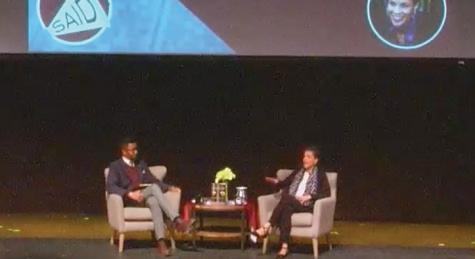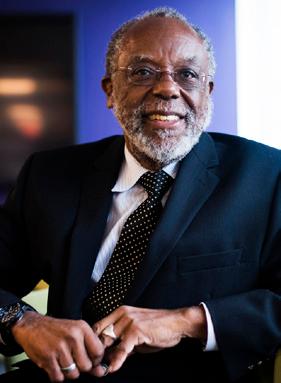CRE AT I NG
The Humanities Coronavirus Syllabus BY SARI ALTSCHULER, Associate Professor of English and Associate Director of the Northeastern Humanities Center AND ELIZABETH MADDOCK DILLON, Distinguished Professor of English and Co-Director, NULab for Texts, Maps, and Networks To help us think and teach about contagion, global health, and community in a time of social distancing and fear, Professors Sari Altschuler and Elizabeth Maddock Dillon created a crowdsourced syllabus, the “Humanities Coronavirus Syllabus” in March 2020, just as instructors around the country were shifting from in person to online teaching. The syllabus — now more than 32 pages long with contributions from around the world — is, in effect, an annotated bibliography of sources in literature, history, philosophy, religion, film, and art, that concern pandemics and how society and culture respond to them. Plans for the syllabus began when Professor Altschuler was scheduled to give a talk in Paris on Friday, March 13, and woke up March 12, to find that the US had issued a travel ban starting the next day. She left Paris immediately and on the flight back to the US, Professor Dillon emailed to suggest starting the syllabus. The syllabus is based on other syllabi created in response to timely events and, like those syllabi, aims to respond quickly to very rapidly changing events but to do so through a humanities lens that focuses on broad contexts, histories, and creative engagements with crises.
12
Although there is often a default tendency to respond to disease as primarily a scientific and medical issue, the reality, as we see more every day during this pandemic, is that a crisis of this magnitude is one that challenges our existing ways of thinking about the world, including how we inhabit the world, how we connect with others, what we eat, and where we work. The magnitude of imagining new worlds, and of thinking analytically and creatively about matters that were not on our radar just a few short months ago, is something that literature and the humanities excel at. The syllabus now includes zombie movies, Greek classics, science fiction novels, and histories of the bubonic plague and the Spanish flu; many sources also help us to train our attention on issues such as environmental justice and racial health disparities that are very much part of both our pandemic moment and the history of disease. As a collective endeavor, the syllabus builds community among scholars and brings humanities resources to the fore, making them easily accessible to teachers and students in a time of emergency.











